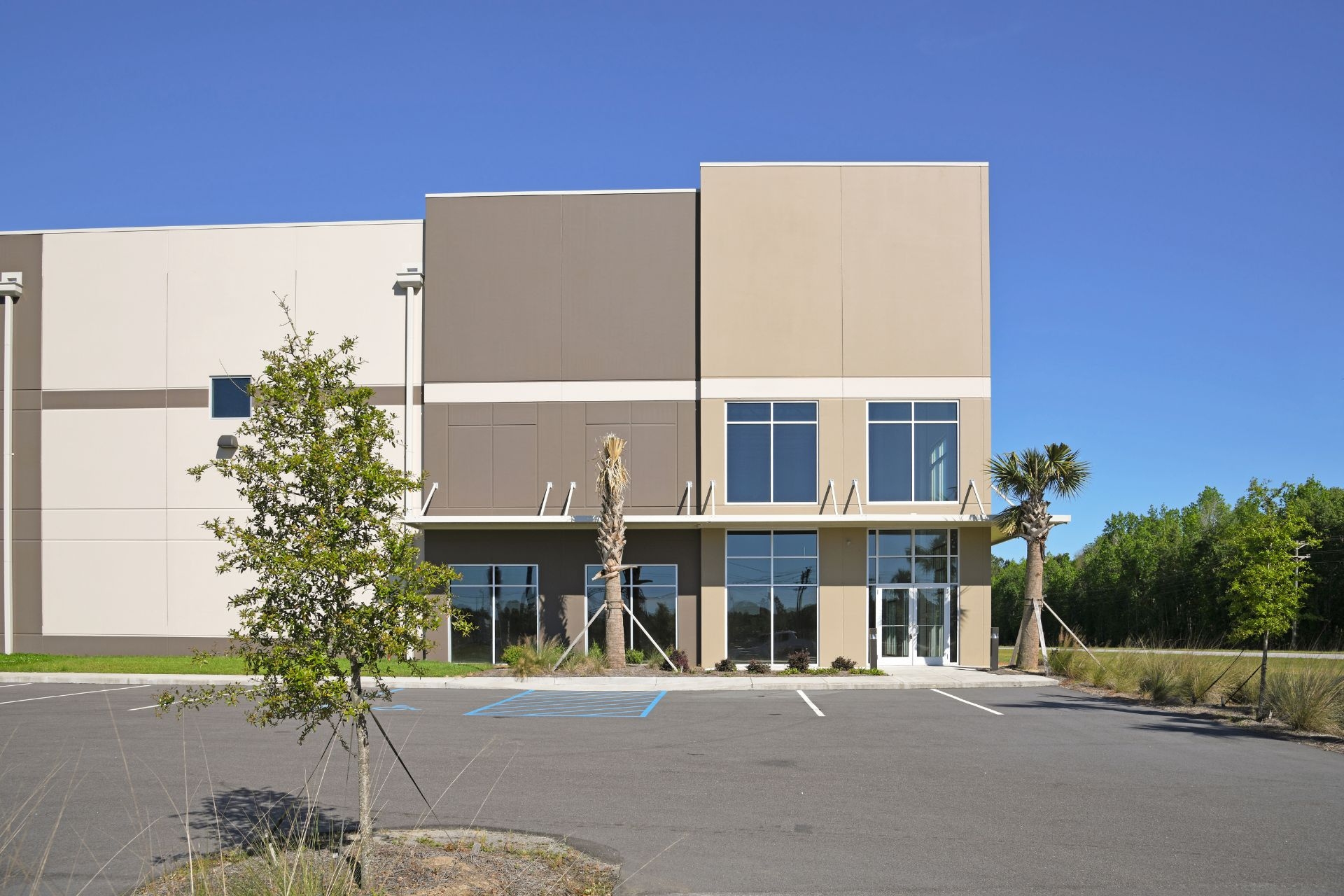Blind Source Separation (BSS)
How does Independent Component Analysis (ICA) contribute to Blind Source Separation (BSS)?
Independent Component Analysis (ICA) plays a crucial role in Blind Source Separation (BSS) by separating mixed signals into statistically independent components. By assuming that the sources are statistically independent of each other, ICA can effectively extract the original sources from the observed mixtures. This method relies on the statistical properties of the signals to separate them, making it a powerful tool in BSS applications.



